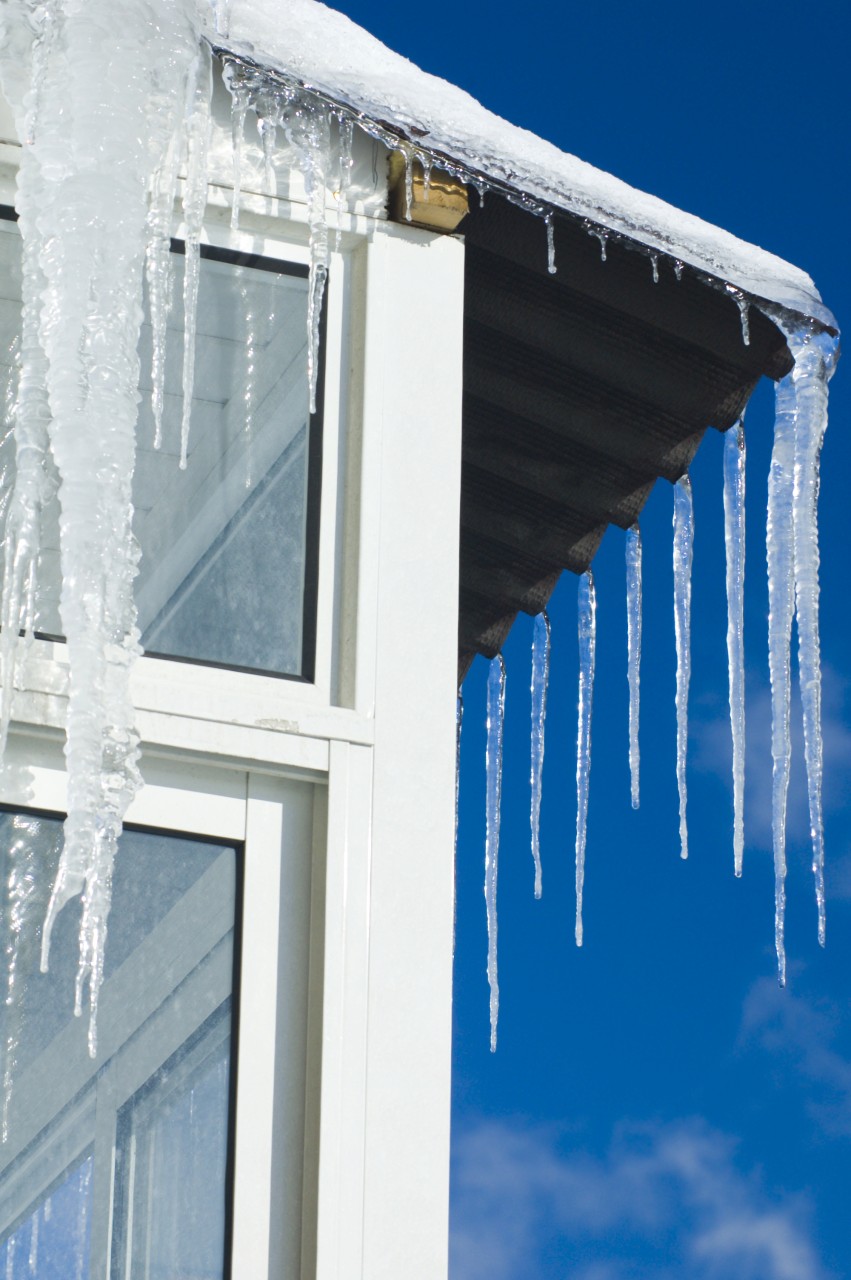5 CAHPI-Recommended Winter Home Maintenance Tips
With Canada's changing seasons, it's important to maintain your home no matter what the time of year. Cold temperatures can wreak havoc on our homes, by following these 5 CAHPI-recommended winter home maintenance tips, you can ensure that your home is functioning optimally throughout the winter.
1. Change the Furnace Air Filter
Did you know that it's recommended to change the air filter in your heating system every three months, and every 30 days in the winter months? If it's been a while since you've changed your air filter, go have a look and do it as soon as possible.
In the winter, your air filter collects dust and debris faster because the furnace is in use, making it more difficult for air to pass through and causing your system to work harder than it needs to. This not only puts unnecessary strain on your heating system but drives up the amount of energy being used (and therefore your monthly heating bill, too).
2. Check the Sump Pump
Your sump pump is an important part of your home's drainage system A sump pump will remove water from the lowest point in your home (like a basement or a crawlspace), along with the soil below, and will force it out into an exterior draining space to avoid flooding, water damage, and mould growth.
You'll also want to check to make sure your sump pump's drainpipe is aiming at least 1.5 meters away from your foundation, at a slope so that water is able to drain out.
3. Clear Snow Away from Vulnerable Parts of Your Foundation
Areas around your home, such as the window wells, downspouts, and corners of the foundation, should be kept clear of snow and ice. Keeping snow away from these areas can help prevent water from backing up and seeping into your home. Clearing snow will prevent melting snow and ice from pooling once the warmer weather arrives.
4. Clear Snow from Heating Vents
During and after heavy snowfalls, be sure to check on your heating vents and clear away any snow. If you notice that snow has accumulated and is blocking the vent, do not use a shovel or snowblower to clear it. Instead, simply use your hand to clear it away to avoid causing any damage.
5. Check for Ice Dams
An ice dam is a build-up of ice on the eaves of roofs of homes that results from melting snow that freezes. This freezing at the eaves impedes the drainage of meltwater, which causes backup of the meltwater resulting in water leakage into the home. Ice dams can cause significant damage if left unchecked: they can tear off gutters, loosen shingles, and allow water to backup and leak into your home.
If your home has the signs of ice damming, contact a CAHPI qualified inspector to investigate and provide you with a recommended solution.
"An ounce of prevention is worth a pound of cure." Benjamin Franklin


